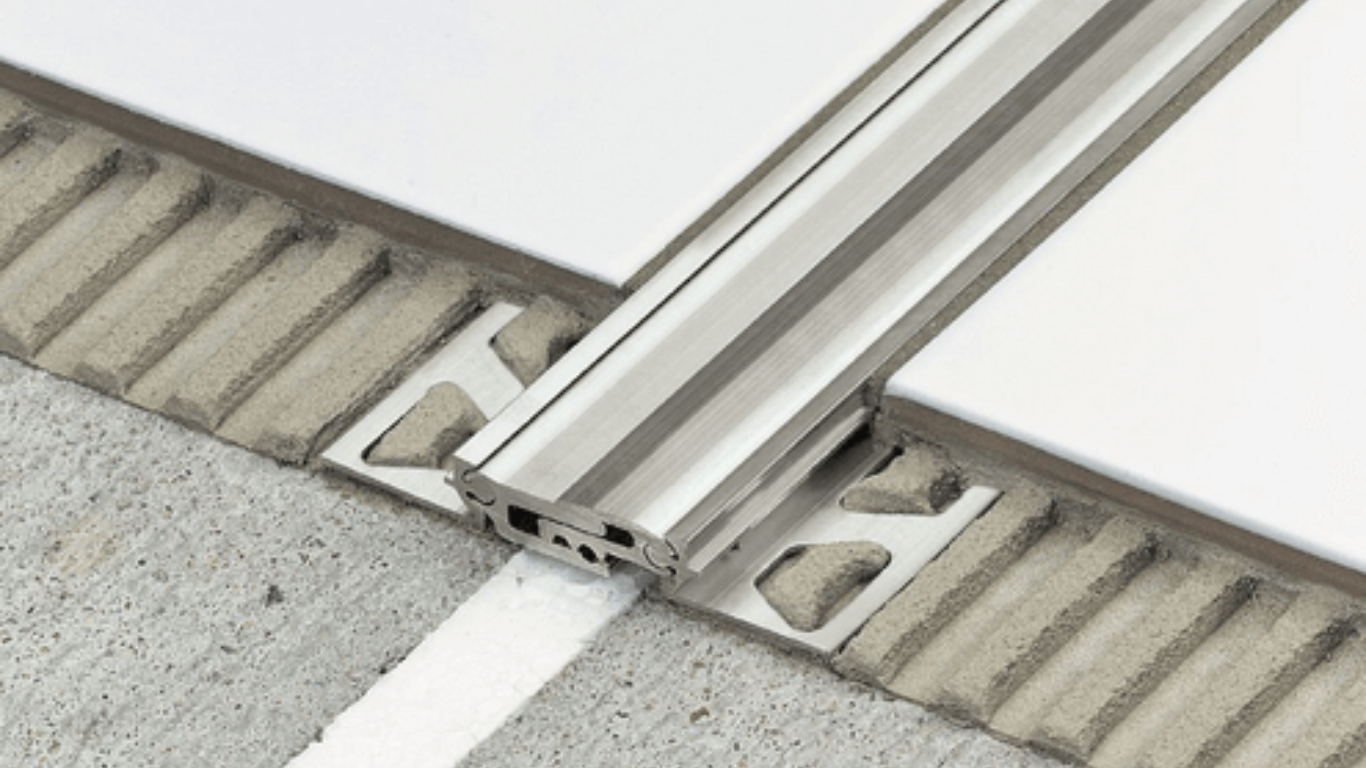Types of Tile Movement Joints and Their Applications

Tile installations are a popular choice for both residential and commercial spaces due to their durability, versatility, and aesthetic appeal. However, to ensure the longevity and integrity of these surfaces, it’s crucial to incorporate tile movement joints. These joints accommodate various types of movement in the tile substrate, preventing damage such as cracking or delamination. This article explores the different types of tile movement joints and their applications.
What Are Tile Movement Joints?
Tile movement joints are deliberate gaps incorporated into tile installations to accommodate expansion, contraction, and other movements. These joints are filled with flexible materials like silicone, rubber, or specialized sealants that can absorb and adapt to the stresses exerted on the tile surface.
Types of Tile Movement Joints
Expansion Joints
- Purpose: Expansion joints are designed to absorb the dimensional changes that occur due to temperature fluctuations. Tiles expand when heated and contract when cooled, which can lead to stress and cracking if not managed.
- Applications: These joints are typically used in large tile installations, such as in commercial buildings, shopping malls, and airports, where significant temperature changes occur. They are placed at intervals within the tile field, around the perimeter, and near structural columns.
Control Joints
- Purpose: Control joints, also known as contraction joints, manage the shrinkage that occurs as concrete and mortar beds cure and dry. They control where the cracking occurs, directing it into the joint rather than across the tile surface.
- Applications: Common in both commercial and residential settings, control joints are used in floors, walls, and ceilings. They are especially important in large areas of poured concrete or expansive tile installations.
Perimeter Joints
- Purpose: Perimeter joints accommodate movement along the edges of the tile installation, where the tile meets walls, columns, and other fixed structures. They prevent stress concentration at the boundaries of the tile field.
- Applications: These joints are used in all types of tile installations, including bathrooms, kitchens, and exterior applications. They are essential in areas where the tile meets other materials like drywall or wood trim.
Structural Movement Joints
- Purpose: Structural movement joints accommodate the movement of the building itself, which can result from settling, seismic activity, or other structural shifts. These joints ensure that the tile installation can move independently of the building structure.
- Applications: These joints are crucial in high-rise buildings, bridges, and other large structures. They are placed at locations where significant movement is expected, such as over construction joints and changes in the substrate material.
Isolation Joints
- Purpose: Isolation joints, also known as separation joints, isolate the tile installation from different structural elements, such as columns, walls, and machinery foundations. This prevents any movement in these elements from affecting the tile surface.
- Applications: These joints are used in industrial settings, where heavy machinery might cause vibrations, as well as in commercial buildings around structural columns and walls.
Importance of Proper Installation
The effectiveness of tile movement joints depends heavily on proper installation. Key considerations include:
- Correct Placement: Joints must be strategically placed based on the specific needs of the installation. This includes spacing them appropriately within the tile field and ensuring they align with structural elements.
- Appropriate Materials: The materials used to fill the joints must be flexible, durable, and suitable for the specific environmental conditions. This ensures they can accommodate the expected movements without degrading.
- Regular Maintenance: Movement joints can degrade or become filled with debris over time. Regular inspection and maintenance are necessary to keep them functioning effectively. This includes replacing worn or damaged joint materials.
Conclusion
Tile movement joints are essential for maintaining the integrity and longevity of tile installations. By accommodating various types of movement, these joints prevent damage and ensure that tiled surfaces remain functional and aesthetically pleasing. Understanding the different types of tile movement joints and their applications is crucial for anyone involved in tiling projects, from contractors to homeowners. Properly implementing and maintaining these joints is key to the success of any tile installation, particularly in dynamic environments like those found in the UAE.

